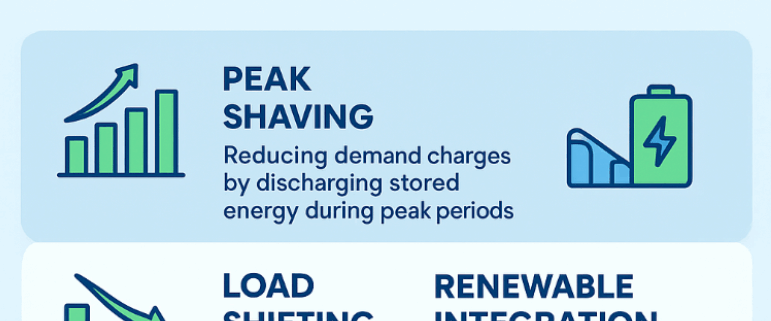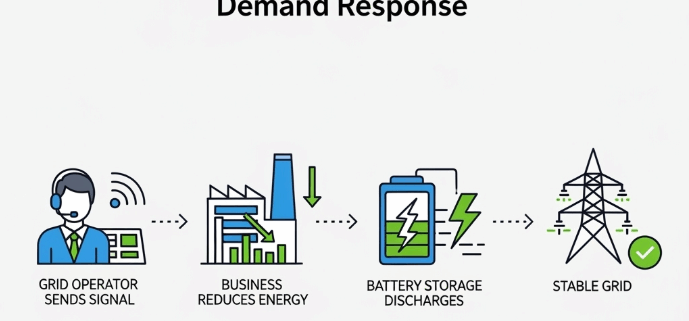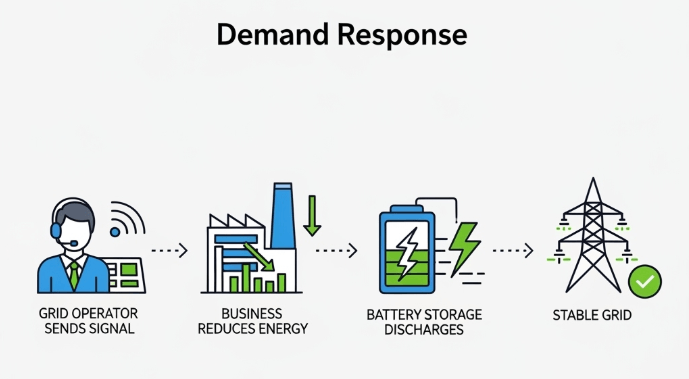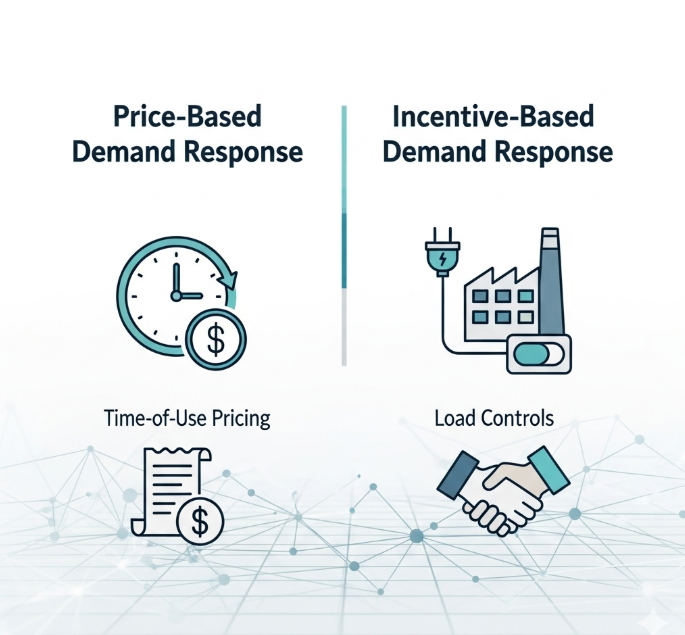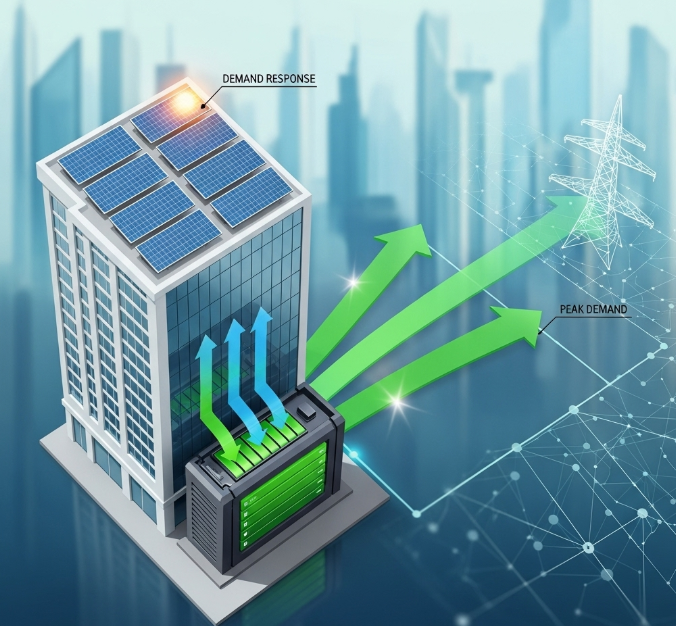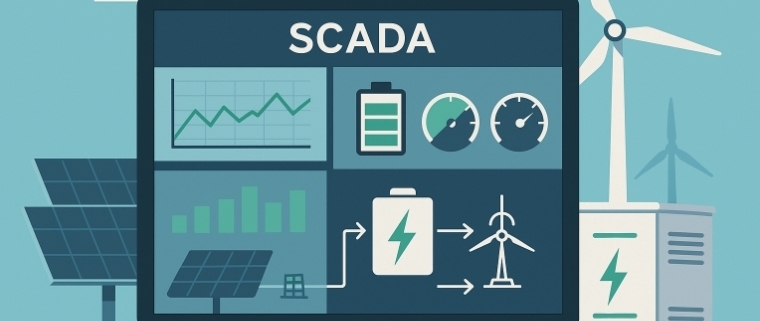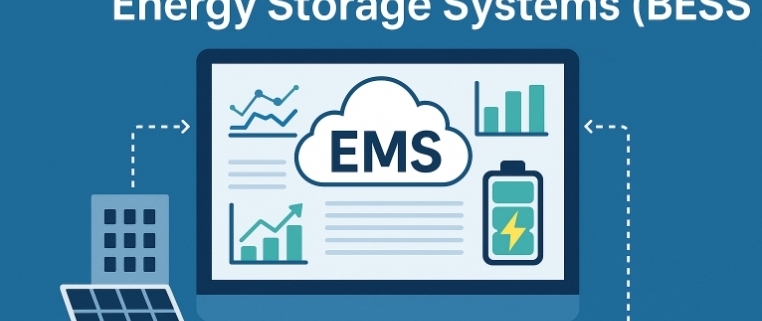Top Applications of Commercial & Industrial Battery Energy Storage Systems (C&I BESS)
Top applications of C&I BESS: As energy costs rise and power reliability becomes a growing concern, businesses are turning to Commercial & Industrial Battery Energy Storage Systems (C&I BESS). These systems go beyond storing electricity — they provide flexible solutions that help companies cut costs, enhance resilience, and meet sustainability goals.
Here, we explore the top applications of C&I BESS that are transforming the way businesses manage energy.
1. Peak Shaving – Reducing Demand Charges
One of the most common applications of C&I BESS is peak shaving. Utilities often charge businesses based on their highest electricity demand during peak periods. By discharging stored energy at these times, a C&I BESS reduces demand charges significantly.

This translates to major cost savings, especially for manufacturing plants, data centers, and large commercial facilities with fluctuating power needs.
2. Load Shifting – Smarter Energy Use
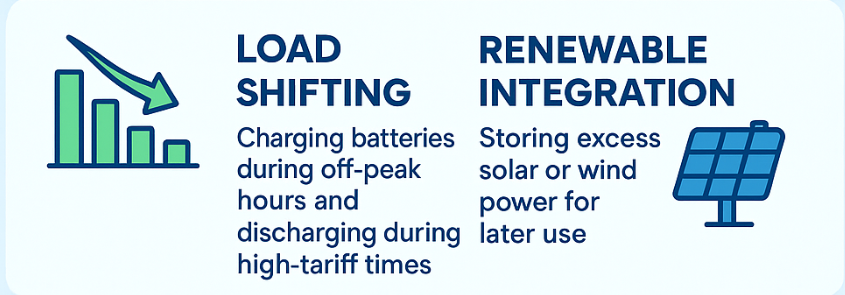
A C&I BESS enables smarter energy usage, ensuring businesses maximize cost efficiency while maintaining reliable operations.
3. Renewable Energy Integration – Unlocking Sustainability
C&I BESS plays a crucial role in making renewable energy sources like solar and wind more reliable. Since renewables are intermittent, storage ensures that excess generation can be stored and used later.
This makes it easier for businesses to rely on clean energy, reduce dependence on the grid, and achieve sustainability targets.
4. Backup Power & Resilience – Business Continuity
Power outages can disrupt operations, damage equipment, and cause financial losses. A C&I BESS provides backup power, ensuring continuity during grid failures.
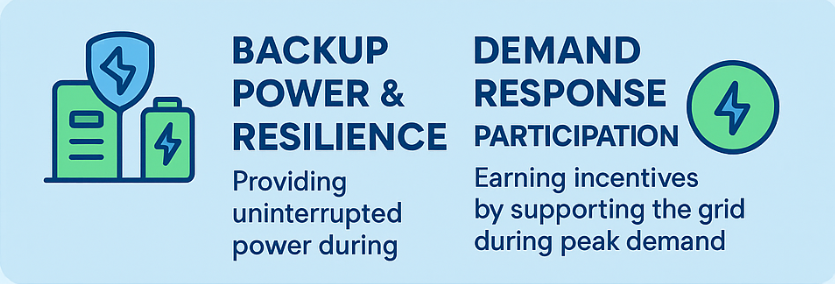
Unlike traditional diesel generators, BESS offers silent, clean, and instant backup, making it a better long-term solution for critical facilities such as hospitals, factories, and logistics hubs.
5. Demand Response Participation – New Revenue Streams
With demand response programs, businesses can use a C&I BESS to support the grid during peak times. By discharging energy when the grid is strained, companies not only contribute to stability but also earn incentives from utilities.
This turns a C&I BESS into a revenue-generating asset, not just a cost-saving one.
6. Electric Vehicle (EV) Charging Support – Fast & Efficient
As EV adoption grows, many businesses are installing charging infrastructure. However, fast charging requires significant power, which can strain the grid.

A C&I BESS helps smooth EV charging loads, reducing peak demand and ensuring consistent charging availability. This makes it ideal for fleet operators, logistics companies, and commercial charging stations.
7. Microgrid & Grid Support – Local Energy Independence
In regions where the grid is unstable, a C&I BESS enables microgrids — self-sufficient energy systems that can operate independently.
By integrating renewables, storage, and local generation, businesses gain energy independence while also supporting grid functions like voltage regulation and frequency balancing.
Conclusion
The applications of C&I BESS extend far beyond energy storage. From peak shaving and load shifting to renewable integration, backup power, EV charging support, and microgrid participation, these systems deliver unmatched flexibility and value.
For businesses seeking to cut costs, increase reliability, and move toward sustainability, a C&I BESS is no longer optional — it’s essential.
👉 Want to understand how these applications connect to the system itself? Read our detailed guide on the Key Components of a C&I BESS.


